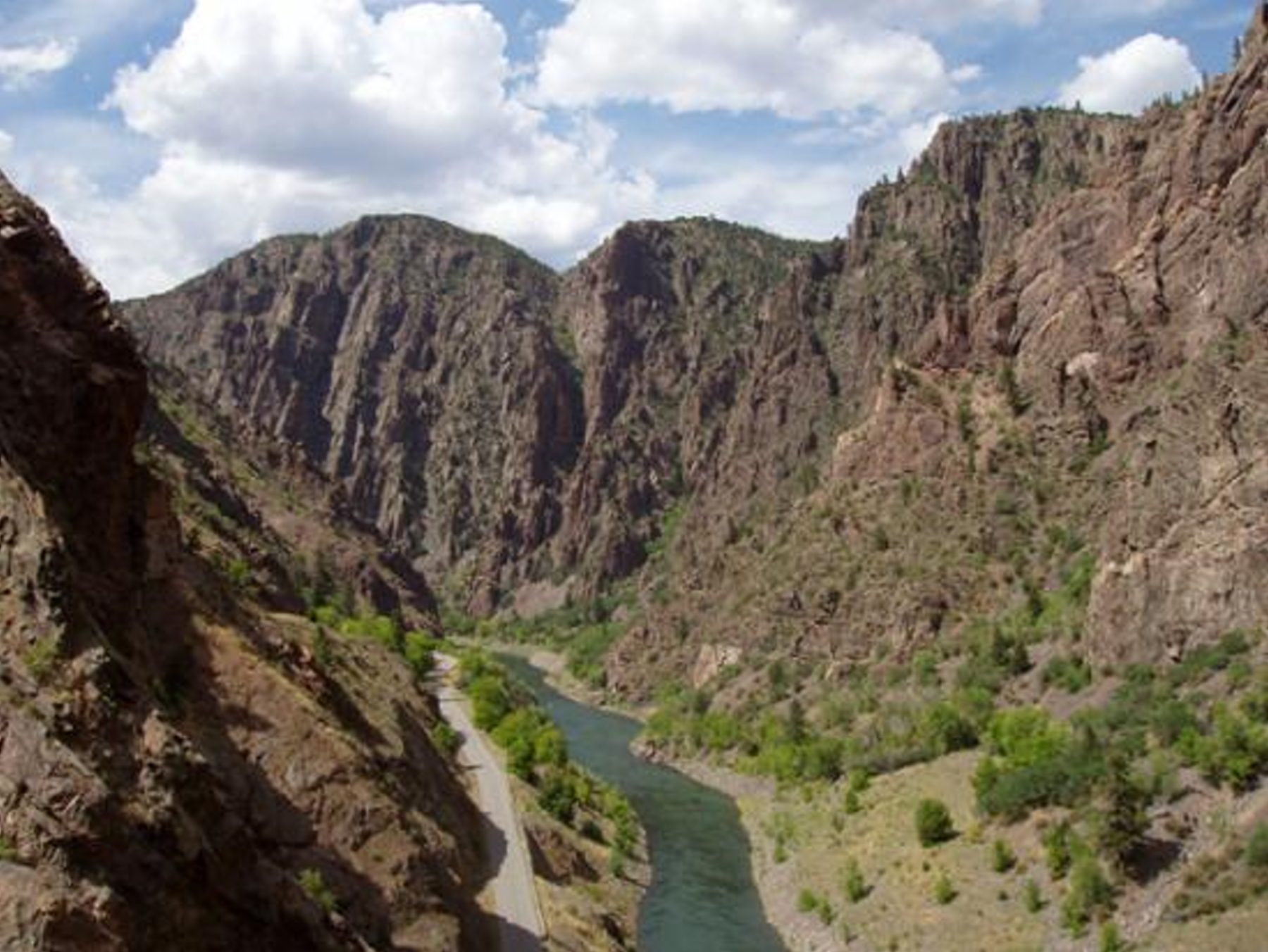- $29.7 million investment from Biden’s infrastructure law aids drought planning in Upper Colorado River Basin states.
- This funding builds on the prior year’s allocation, totaling $38.4 million for drought mitigation.
- The initiative includes new technology for monitoring water resources and improving forecasting.
April 17, 2024 — The Department of the Interior announced yesterday a $29.7 million investment from President Biden’s Investing in America agenda. Continuing the commitment under the Bipartisan Infrastructure Law, the funding will assist Colorado, New Mexico, Utah, and Wyoming in planning for drought conditions. The proactive stance by the government, as highlighted by the Department of the Interior, underscores the seriousness of the drought situation and the need for immediate action.
A Strategic Investment.
The Colorado River Basin is not just a resource but a lifeline for over 40 million people. It fuels hydropower across seven states and irrigates 5.5 million acres of agricultural land. The basin also provides vital resources to 30 Tribal Nations and parts of Mexico. However, a historic 23-year drought has severely impacted water levels in Lake Powell and Lake Mead, underlining the urgency of the situation. Despite some recent improvements in water conditions, robust measures are necessary to secure water availability for the future.
Acting Deputy Secretary Laura Daniel-Davis emphasized the administration’s dedication to enhancing community resilience against climate change, particularly within the Colorado River Basin. She highlighted the ongoing initiatives to safeguard the river system’s stability through strategic investments and improving water efficiency across the Western United States.
emphasized the administration’s dedication to enhancing community resilience against climate change, particularly within the Colorado River Basin. She highlighted the ongoing initiatives to safeguard the river system’s stability through strategic investments and improving water efficiency across the Western United States.
Largest Investment in U.S. History.
The Biden administration’s Investing in America agenda marks the most significant investment in climate resilience in U.S. history. The Bipartisan Infrastructure Law supports a range of projects totaling $8.3 billion over five years. These projects include enhancing rural water systems, water storage, conservation, and implementing nature-based solutions. Since the law’s enactment in November 2021, the Bureau of Reclamation has committed nearly $3 billion to over 430 water infrastructure projects.
supports a range of projects totaling $8.3 billion over five years. These projects include enhancing rural water systems, water storage, conservation, and implementing nature-based solutions. Since the law’s enactment in November 2021, the Bureau of Reclamation has committed nearly $3 billion to over 430 water infrastructure projects.

 in the Western U.S., via the Bureau of Reclamation website.
in the Western U.S., via the Bureau of Reclamation website.Types of Projects to be Funded.
The recent funding will have tangible benefits for water management in the Upper Colorado River Basin. It will enable the reactivation and installation of up to 60 stream gauges in critical areas of the basin, expanding networks of eddy-covariance towers and weather stations. These measures will significantly enhance the accuracy of water management and our understanding of local weather patterns. Additionally, the funding will support the development of new technologies for monitoring water diversions, soil moisture, and snowpack, enhancing forecasting and providing crucial data for effective water management under varying conditions.
Reclamation Commissioner Camille Calimlim Touton emphasized the crucial role of this initiative in maintaining water availability and enhancing the resilience of Western communities to climate change. The funding will significantly improve water use measurements from irrigated agriculture in the Upper Basin, which covers about 1.5 million acres, offering a glimmer of hope in the face of water scarcity.
emphasized the crucial role of this initiative in maintaining water availability and enhancing the resilience of Western communities to climate change. The funding will significantly improve water use measurements from irrigated agriculture in the Upper Basin, which covers about 1.5 million acres, offering a glimmer of hope in the face of water scarcity.
A Collaborative Effort.
This initiative is a testament to the collaborative efforts under the Drought Contingency Plan, which involves cooperation with the Upper Division States and the Upper Colorado River Commission to enhance infrastructure and data analysis capabilities in the basin. The Colorado River Drought Contingency Plan Authorization Act forms the backbone of these efforts, with a commitment to provide $50 million over four years to each Upper Basin state for related activities, ensuring a sustainable approach to managing the region’s critical water resources. This collaborative approach ensures that all stakeholders are part of the solution.
Top Image:
The Upper Colorado River Basin , via the Bureau of Reclamation news release.
, via the Bureau of Reclamation news release.


Leave a Reply